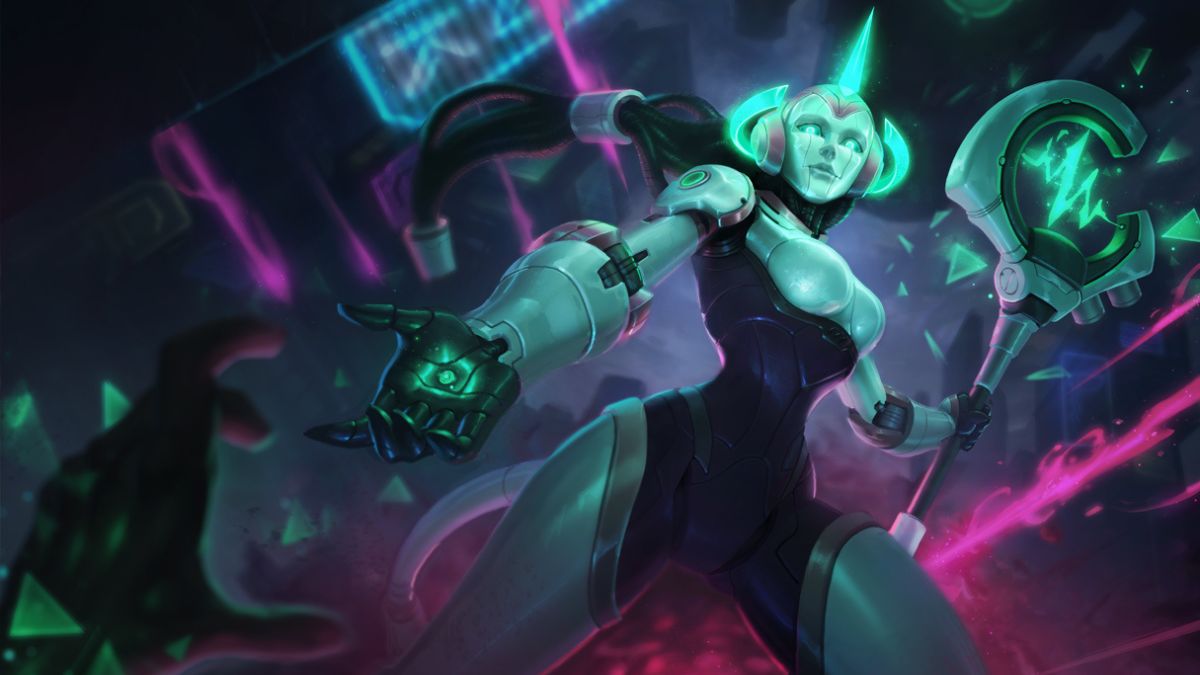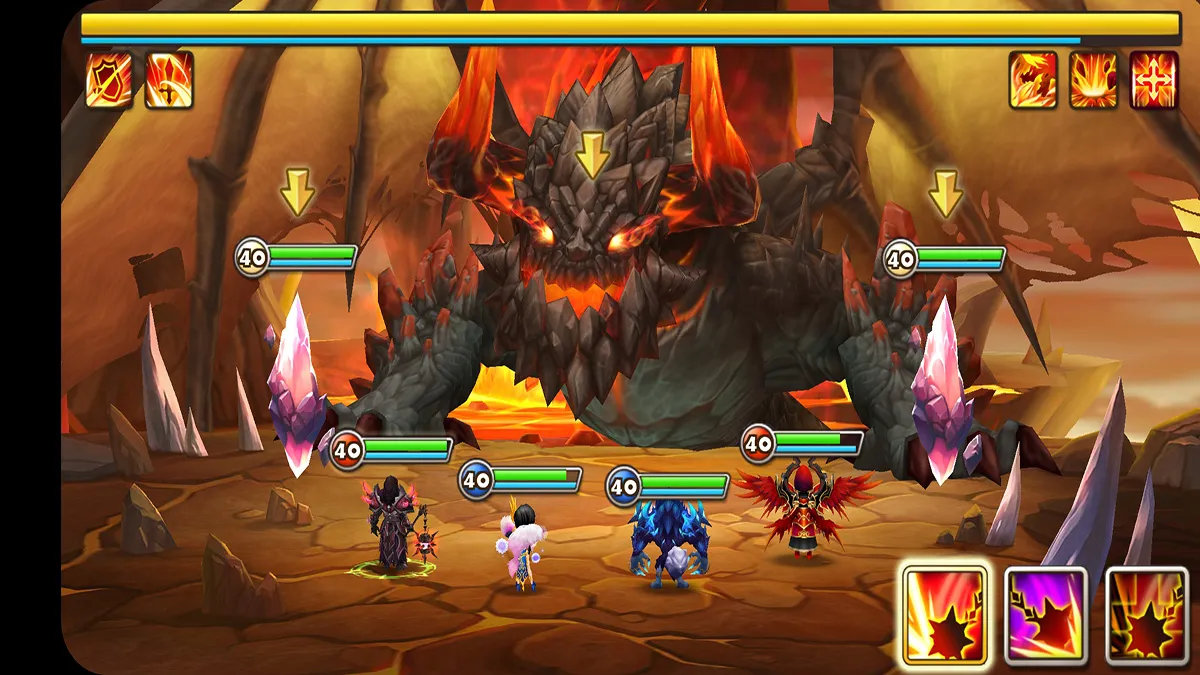Few Teamfight Tactics sets have been as reliant on flexibility as Set 8, but transitioning builds has always been an important game mechanic of TFT. Sometimes, a build simply isn’t working, or only works for a little while. In those cases, you need to pivot. Pivoting, or transitioning, means selling most of what you have and taking your build and board in a whole new direction. Whether you’re up against fickle hero augments or composition-competing players, knowing how to transition can save a lacking board from fifth and take it all the way to first place.
When should you decide to transition builds in TFT?
Any player can and should transition when they feel like it’s right. But if you want a little guidance, there are a few key factors that are most important while making your decision. These include: the units you’re getting in your shop, the items that you’re winning from anvils and carousels, and the in-game competition for certain builds. For example, planning Duelists but getting a bunch of mage items means you need to pivot, fast. Also, if you get a surprise strong champion early on, say a Miss Fortune, Samira, Soraka, or Viego around Krugs, you might want to consider pivoting to get behind that powerful unit. You never want to miss out on something like an early Aphelios or Urgot.
In Set 8 in particular, hero augments are also a major factor in being flexible. After all, you may have started with a Civilian Sureshots build, but if you get that very powerful Ashe hero augment, you might want to transition ASAP.
Related: All Teamfight Tactics set start and end dates
Tips to pivot builds in TFT
If all that transitioning sounds overwhelming, don’t worry. It is. Flexibility is a difficult skill in TFT because it involves calculated risk-taking. A lot of the time, it’s looking at your very specific scenario and adjusting constantly. But here are a few tips you can keep in mind while trying to pivot better:
- Synergistic planning: Try to memorize and go for a few builds with overlapping items and units. It helps you transition while keeping that “possible pivot” pool smaller. For example, in Star Guardian and Anima Squad builds, Annie and Riven (the tank units) and Miss Fortune and Taliyah (the carry units) build similar items. So if you build the best items for both of them, but alter the trajectory of your build based on your competition and what is showing up in your shop, you might have better odds in-game, and an easier time transitioning between the two.
- Look for opportunity: Yes, you’re doing ADMIN Spellslingers right now. But what if you keep getting Threat units in your shop, including a surprise, early Aurelion Sol? Then, you go check the other boards, and no one is competing for a Threat build? Then, you might want to transition. So keep an eye on your shop and your opponents to see if there’s a better opportunity out there for you.
- Econ, econ, econ: Saving money in this game is often a lifesaver. If you need to sell your whole board suddenly to replace all your pieces and change things up, an econ style can be helpful in making sure you survive expensive drastic measures. Balancing econ and rolling can especially save a reroll build gone south.
- Don’t get attached early: Many people fall into this particular playstyle pitfall. You get an early silver Galio and Sivir. So, in your head, you’re doing Civilian Sureshots and that’s it. You’re set. But as the game goes on, competition, bad RNG luck, and very lukewarm items make your plan go sideways. Even if you have a strong early build, remember that it’s okay to transition out of it. Sometimes, you pivot into something completely different and that’s just what that round of TFT needs.







Published: Jan 12, 2023 09:21 am